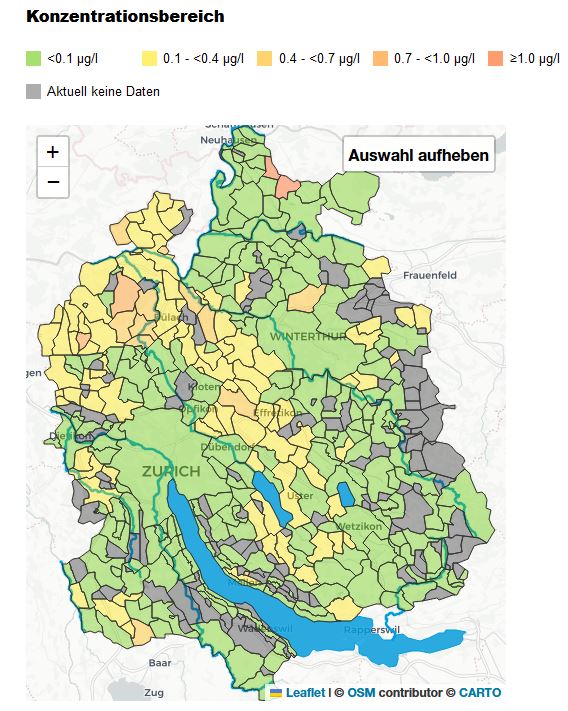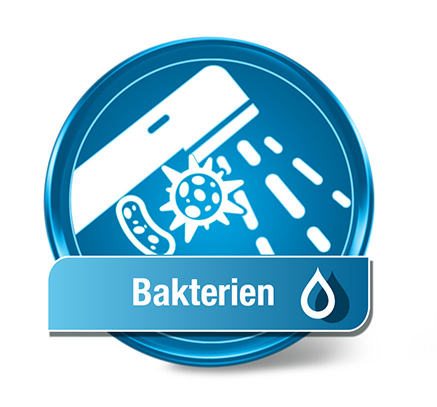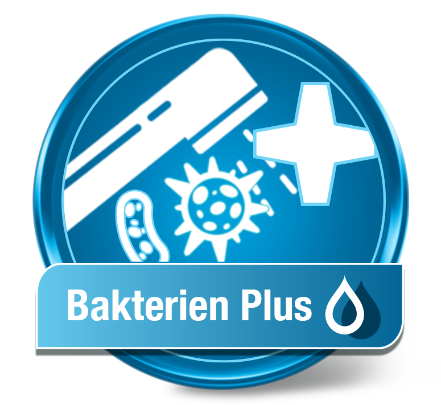- Water tests
- Air and pollutants analysis
- Mold analyses
- Asbestos analyses
- Rapid tests
-
Knowledge
- Further news
- Analysis made easy
- Tap and drinking water in Switzerland
- Facts about Indoor Air
- Facts about Mold
- Facts about Asbestos
-
Water quality in Switzerland
- Water Scarcity and Water Quality
- Drinking Water in Switzerland
- Tap Water in Switzerland: Quality and Controls
- Drinking Fountains in Switzerland
- Water Quality - Canton Basel
- Water Quality - Canton Bern
- Water Quality - Canton Geneva
- Water Quality - Canton Zurich
- NEWS: Zurich Drinking Water Map
- Drinking Water - City of St. Gallen
- Water Quality - City of Baden
- Water Quality - City of Bern
- Water Quality - City of Zurich
- Water Analysis - City Lucerne
- Water Quality - City of Winterthur
- The Water Supply of the City of Thun
- Initiative for Clean Drinking Water
- Nature's Thirst Quenchers: Fountains and Springs on Your Hike
- Partnership with WATER FOR WATER (WfW)
- Help & Services
Drinking Water Map of the Canton of Zurich
Press Release from the Canton of Zurich, 27.03.2023
 Image source: Canton of Zurich
Image source: Canton of Zurich
The Canton of Zurich is proud of its drinking water and is fully committed to securing its high quality in the long term. Regular testing by the Cantonal Laboratory Zurich (KLZH) and local water suppliers ensures compliance with legal limits.
With the interactive “Zurich Drinking Water Map”, citizens now have detailed insights into the water quality of their region for the first time. The map displays weekly results from official inspections and self-monitoring by suppliers. Measurement values are colour-coded and can be compared with historical data or regional benchmarks.
This level of transparency strengthens trust in the water supply and empowers everyone to make informed decisions in daily life. The platform is a forward-looking tool for safeguarding our natural resources.
A key focus of current monitoring lies in detecting residues of the now-banned pesticide chlorothalonil. The map visualises the two most common degradation products to show any potential contamination in groundwater, spring, or drinking water.
Fortunately, the latest measurements in the Canton of Zurich show no limit exceedances. Nevertheless, long-term measures are needed to prevent future residues. These include structural changes to infrastructure as well as technological filtering solutions.
Municipalities are required to apply the precautionary principle consistently. Depending on the location, technical upgrades may take several years to fully implement.
Since 2020, an extended task force has been working on this issue. The “Zurich Water Quality Coordination” (KoWaQ.ZH) brings together representatives from the Cantonal Laboratory, AWEL, the Office for Landscape and Nature (ALN), municipalities, and water suppliers. Their goal is to permanently secure drinking water quality together.
One of the coordination group’s main projects is the interactive water map, which provides real-time supply data for both residents and businesses.
Clean drinking water is a fundamental necessity of life. While many regions worldwide lack access to safe water, we in the Canton of Zurich can rely on top quality – a valuable resource that must be consciously appreciated and actively protected.
The Cantonal Laboratory Zurich and municipal representatives are committed to continuously improving drinking and wastewater standards and sustainably addressing future challenges.
✔ Heavy metals and pollutants
✔ For general drinking water, softeners
✔ Heavy metals and contaminants
✔ Separate bacteria test recommended
✔ Focus on bacterial contamination
✔ For general drinking water, softeners
✔ Most common pesticides
✔ Glyphosate separate analysis
✔ E. coli, coliform bacteria
✔ Enterococci
✔ 20 common PFAS chemicals
✔ Per- and polyfluorinated alkyl substances






